Tungurahua eruption: The Day The Earth Moved
Tungurahua eruption highlights Ecuador, a Latin American country home to some of South America’s most famous and active volcanoes. Almost daily, one of these volcanoes spews smoke and ash into the atmosphere, adding to the country’s challenges, including severe shortages of everyday commodities like groceries and medicines
The Eruption of February 1, 2014 – Tungurahua eruption
One of Ecuador’s most memorable volcanic eruptions occurred on February 1, 2014. Around 5:30 p.m., local time, the Tungurahua Volcano began showing increased activity as dark clouds of ash rose ominously into the deep blue sky. Within a short period, these clouds had spread, covering the sky and rising to an altitude of 13 kilometers. The effects of the eruption were felt as far away as Guayaquil and Quito.
Tungurahua: The “Throat of Fire”
The name Tungurahua, from the Quechua term meaning “throat of fire,” also gives its name to the province it dominates. After being dormant for a considerable time, Tungurahua began showing signs of restlessness in August 1999. Since then, its activity has been a concern for both seismologists and local inhabitants. The 1999 eruption caused significant ashfall, leading to the evacuation of over 25,000 people from the area around Baños.
The 2014 Eruption
The volcanic activity reached a peak on February 1, 2014, when around 5 p.m., thick ash began spewing from the crater, rising rapidly and traveling as far as the province of Loja, near the Peruvian border. A series of explosions followed, starting with two moderate blasts and culminating in a massive explosion. Smoke and ash rose five miles into the sky, and flowing lava reached the Acupashal Mountain Pass, blocking the route to Baños.
Response and Aftermath
Authorities declared an orange alert, the second-highest level, but Hermuy Calle, the president of Emergency Operations at the time, assured the public that the activity was “simply a release of inner pressure” and did not expect it to escalate. Although the ash appeared to be heading toward Quito, prevailing winds pushed it aside, sparing the city from significant damage.
The Ongoing Challenge of Volcanic Activity
Despite technological advancements, humanity has not yet discovered a way to neutralize volcanoes. The best hope lies in continued progress in monitoring volcanic activity and providing timely warnings to the public.

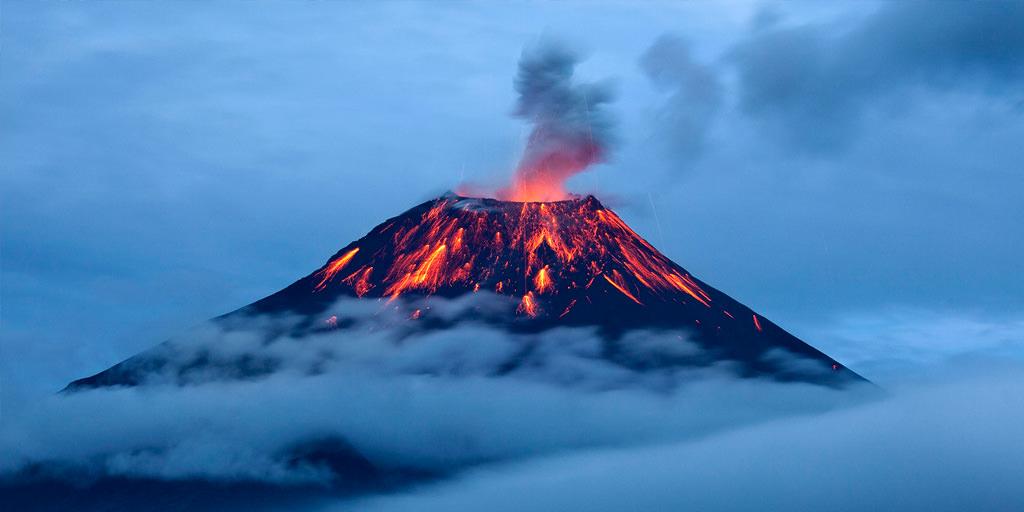
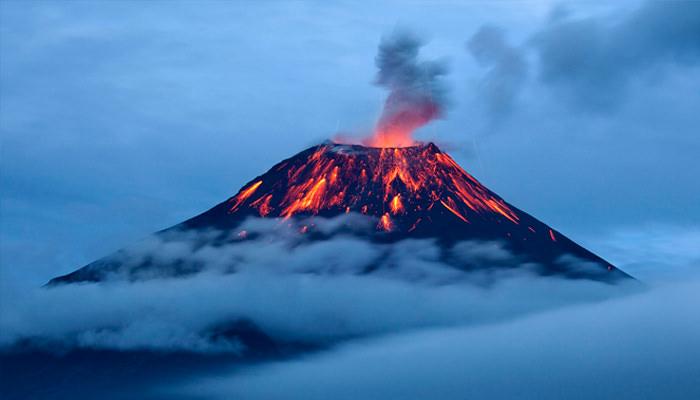
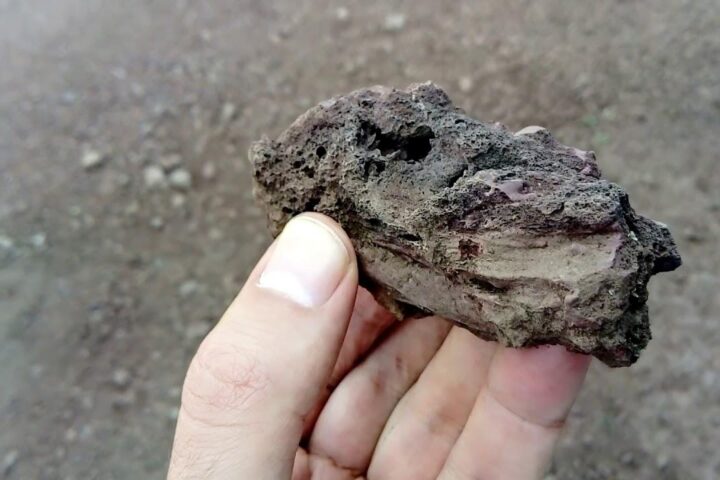
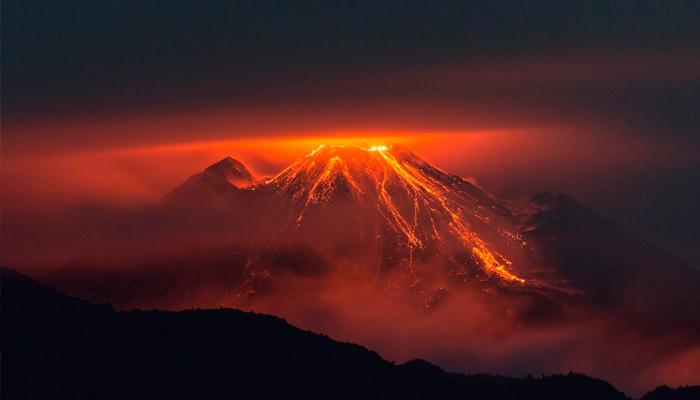
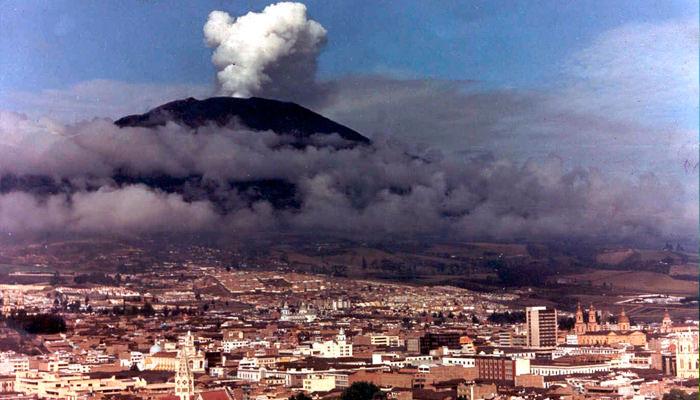
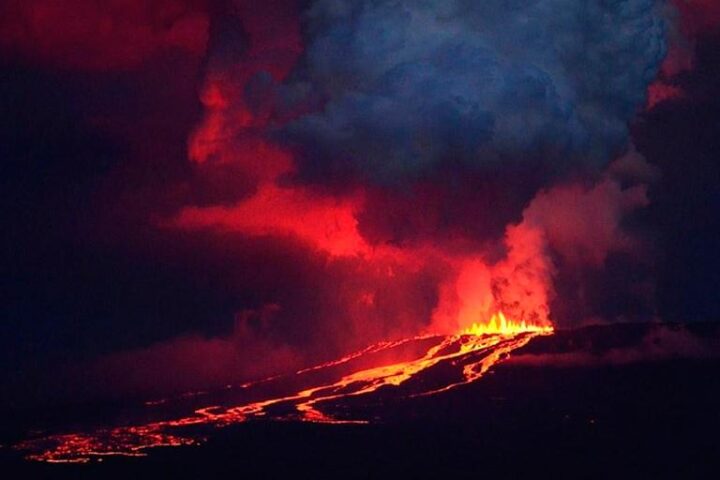

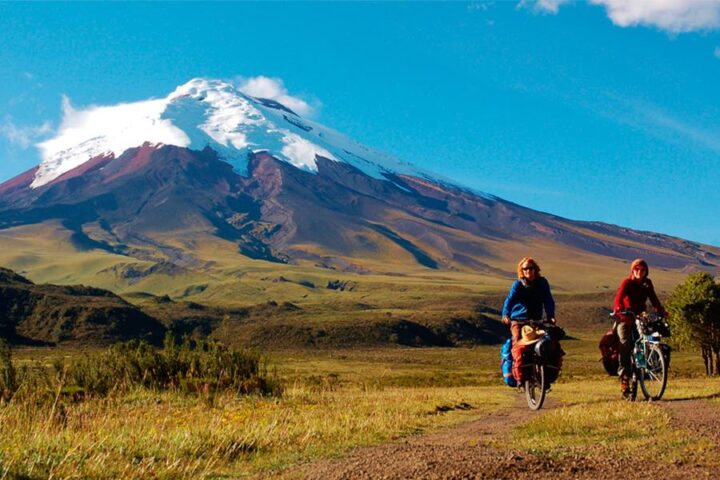
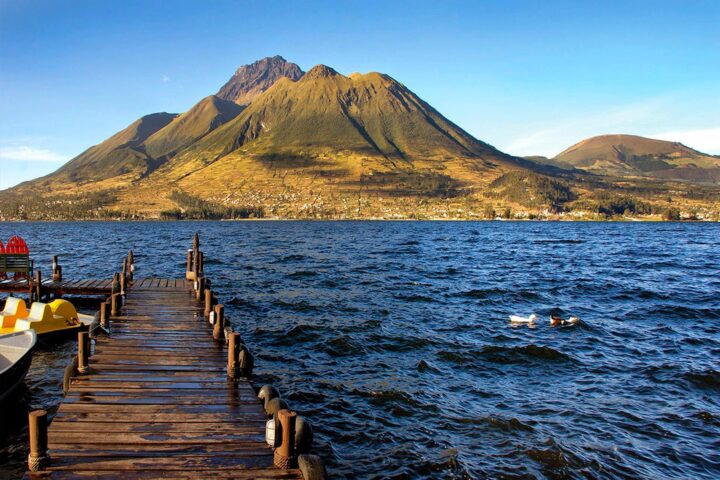
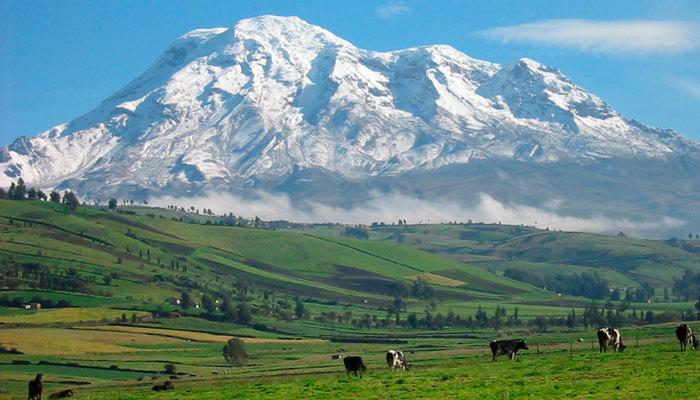

Comments